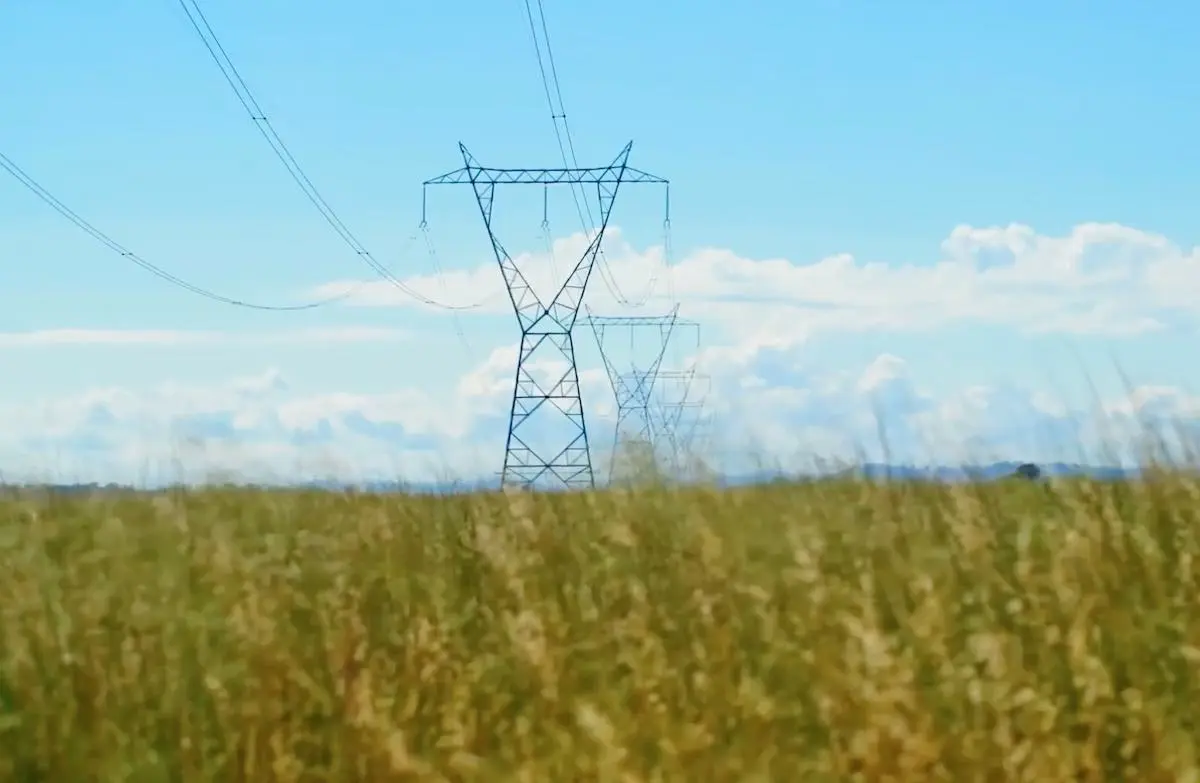The Australian Energy Market Operator has renewed its calls for a fast-tracking of new transmission links, saying that parts of the country’s main grid are effectively in gridlock and causing unprecedented amounts of wind and solar to be curtailed.
“Transmission wires strung between towers may lack the glamour of smart phones, electric cars and other modern miracles, but they are fundamental to solving one of Australia’s greatest modern-day challenges: the transition of our energy system to enable a net-zero economy,” CEO Daniel Westerman told a conference.
Westerman said the curtailment of renewable generation has grown by almost 40 per cent from a year ago, mostly in Victoria and NSW, and also in parts of Queensland, and the interstate links were also maxing out.
“From our control room we can see that increasing amounts of solar and wind generation are being curtailed because there’s not enough transmission capacity to transport it,” he said.
“From January to March, the links from Victoria to NSW and Tasmania were at their limits for 42% and 57% of the time respectively. And during those hours when the sun is producing free electrons, the links were binding for two-thirds of the time to NSW, and over 80% of the time to Tasmania.
“In other words, parts of our energy highway are at gridlock.”
Westerman comments come as AEMO prepares to release its preferred routes for one of the most hotly contested of the proposed transmission lines – VNI West – which will provide a new link between Victoria and NSW.
Some critics have questioned whether this link will provide best value for money, and free as many renewable resources as needed, and to what extent local storage might be a better answer. Others in the renewable energy industry have come out in support. The issue is also dividing the local community.
Federal energy minister Chris Bowen, whose government has created the $20 billion Rewiring the Nation program to support states in their new transmission projects, on Monday that the VNI West link was critically important.
“In Victoria, no project is more important than VNI West,” Bowen told the same CEDA conference in Sydney.
“I am advised that consultation on route options has concluded and AEMO is expected to soon release the project assessment conclusions report – the final stage of the RIT-T process, identifying the recommended route.
“This is a major step towards enabling the CEFC (which is managing the funds under the Rewiring the Nation program) to consider finance for the VNI West project.”
However, Bowen also said acknowledged that communities had often not been consulted early enough in the planning process for projects. He says this issue will be addressed as part of proposed changes to the regulator in the way such projects are assessed.
“Until now, the economic pros and cons were the key driver of the RIT-T process – not the social benefits, or risks,” he said.
“A cost benefit analysis which does not take appropriate account of the views of local communities is not a fit-for-purpose process for communities or for TNSPs.
“Last month I submitted rule changes to the Australian Energy Market Commission to commence this reform process, with a fast-tracked process set to see the changes in effect from November this year.
“The rule changes seek to improve community outcomes and ensure the timely and efficient delivery of major transmission projects.” Bowen said the rule change would also ensure that any benefits to network operators from receiving concessional finance from the CEFC would also be shared with the community.
AEMO’s Westerman said Australian communities have not encountered the scale of new transmission projects for some decades.
“Regional and rural communities are being asked to shoulder the burden of construction and hosting transmission, while the benefits are shared with populations hundreds of kilometres away, even interstate,” he said.
“In recent weeks I have travelled to the regions where large-scale transmission is needed. I travelled to Western Victoria to meet the community, where farmers are concerned about the impact of new transmission on their lifestyle and their livelihoods.
“Their concerns are genuinely held. What we must do is to put the processes and resources in place to hear and understand communities’ concerns, and come up with a better way to work together and benefit together.
“It is upon us all in the energy sector to build the relationships…and the social licence…that enables the infrastructure that enables the energy transition to serve all Australians.”










